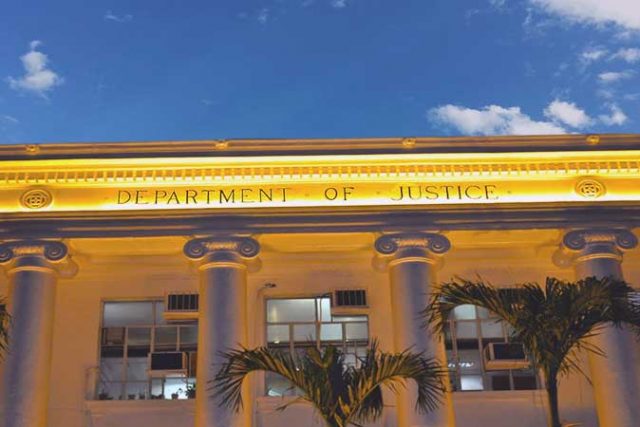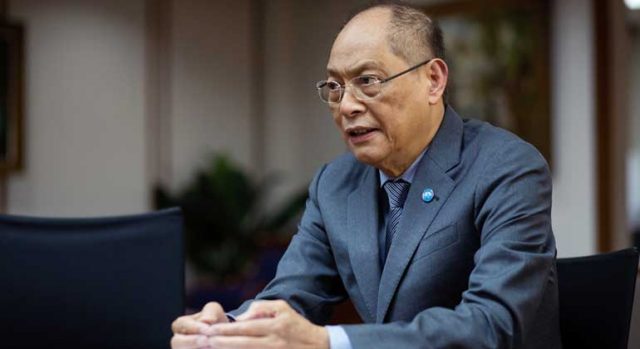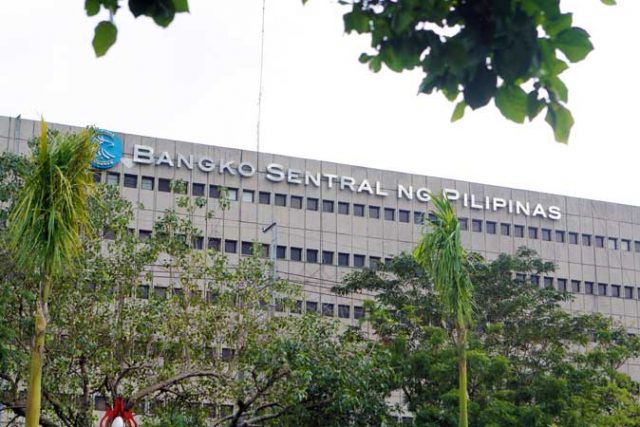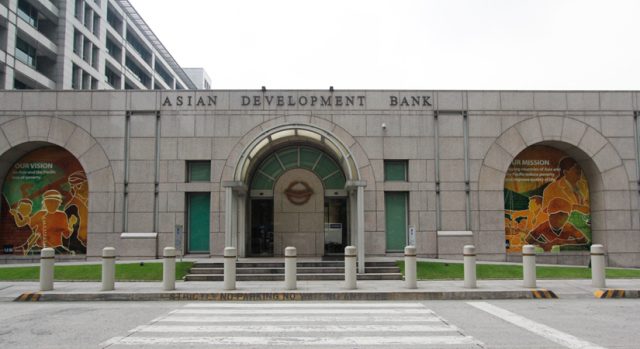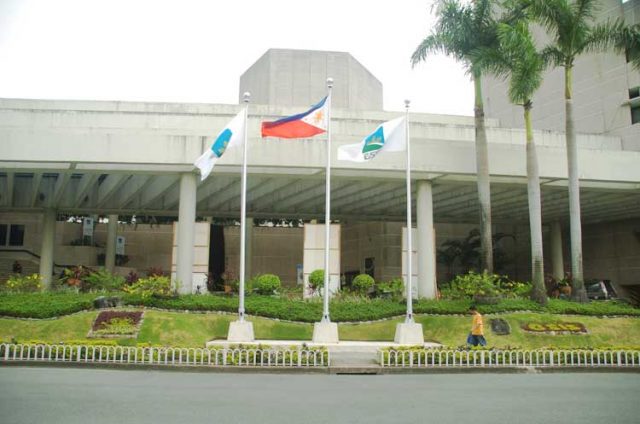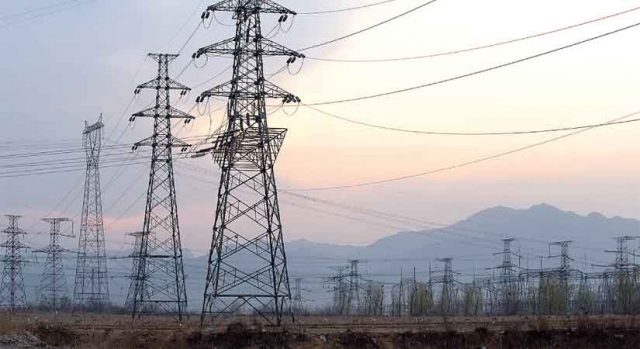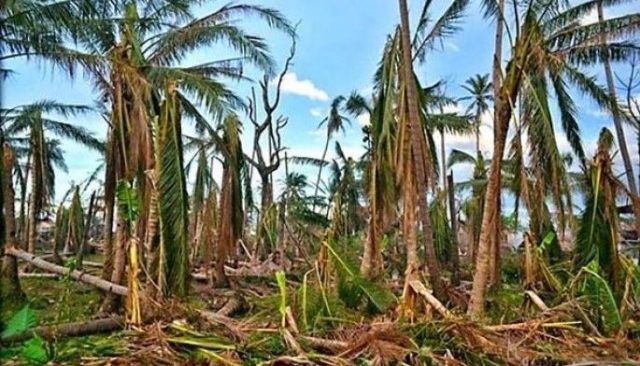MOST risks to the financial markets are expected to be” under control” over the near term, the Financial Stability Coordination Council (FSCC) said, warning though that it considers high levels of leverage to be the main source of unaddressed risk.
In its first “State of Financial Stability” statement Friday, the FSCC said six of the 11 potential risks to the financial sector are classified as “under control” in 2021 – monetary policy, risks to fiscal policy, contagion risk, concentration risk, liquidity risk and geo-political risk.
The council noted that risks to the macro economy and to valuations are elevated because of the spillover effects from other
sectors, while the risks related to cybersecurity and climate change are ongoing.
Leverage was named the top source of risk due to the impairment of borrowers’ ability to service their debt, and will require further action, according council.
“COVID-19 has curtailed expected incomes and this loss is permanent. This is the primary risk which feeds other risk. This has left borrowers vulnerable because their capacity to service their debts has been put at risk,” Benjamin E. Diokno, governor of the Bangko Sentral ng Pilipinas (BSP) and chairman of the FSCC, said at a briefing Friday.
Mr. Diokno said leverage risk is pronounced in sectors that have been hit hard by the pandemic, such as retail, events, leisure , and the informal sector.
The FSCC said the adverse impact of the coronavirus pandemic could lead to increasing pressure to service existing debt, leaving borrowers who want to expand vulnerable.
“With incomes already impaired, raising the cost of repayment adds an unnecessary burden to debt servicing. For these reasons, leverage represents the key risk today. Borrowers, lenders, and financial authorities must collaborate to address an unexpected external shock that materially affects the credit standing of borrowers for reasons that are not of their doing,” the FSCC said.
Overseas spillover risks from the unequal economic recovery is also viewed as disruptive and could add another layer of risk to emerging markets like the Philippines, Mr. Diokno said.
The pace of the domestic economy’s recovery will also have an impact on the financial sector but the availability of vaccines, which could drive confidence and growth, remains limited in the Philippines.
The FSCC noted that access has been uneven between rich and poorer countries, with the Philippines compelled to pay the price dictated by manufacturers.
The council noted rising bond rates in the international secondary market, which th domestic market is likely to follow, adding pressure on borrowers who are obliged to reprice their holdings periodically.
“At the current nascent stage of recovery, higher market yields pose a risk that compounds eroded incomes and impaired debt servicing capacities,” it said.
“From a market valuation standpoint, the
higher yields also mean that holders of tradable securities face mark-to-market losses. Shifting tradable assets into held-to-maturity may address valuation risk but it does come at the price of locking in liquidity,” it added.
It said the BSP has injected P2 trillion worth of liquidity to address emerging risks, but the increasing risk aversion in financial markets and reduced loan volumes should be closely monitored.
Elevated inflation rates pose a major risk to monetary policy, but the rising prices of goods and services is still viewed as temporary.
Meanwhile, the government’s prudent fiscal stance has permitted a degree of unplanned spending. However, the growing deficit could strain the government’s fiscal standing in case it is forced to spend more
while tax collection remains subdued.
Geopolitical risks are under control with tensions between the US and China – major Philippine trading partners – have eased recently. The FSCC said the pressures emerging from military and democracy-related issues in Asia should be monitored closely.
The council also acknowledged the cybersecurity risk to the financial market and the damage from natural disasters. It said these two factors are being evaluated in the Systemic Risk Crisis Management (SRCM) framework which the council is completing. — Beatrice M. Laforga


